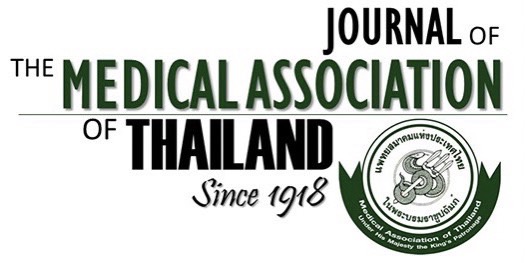Population Pharmacokinetics of Digoxin in Thai Pediatric Patients
Yupaporn Preechagoon PhD*, Peeraya Somsaard PhD*,**, Setthasiri Petcharattana MD***
Affiliation : * Department of Clinical Pharmacy, Faculty of Pharmaceutical Sciences, Khon Kaen University, Khon Kaen, Thailand ** Department of Clinical Pharmacy, Faculty of Pharmacy, Mahasarakham University, Thailand *** Pediatric Cardiologist, Department of Medicine, Queen Sirikit Heart Center of the Northeast, Khon Kaen University, Khon Kaen, Thailand
Objective : To determine the digoxin population pharmacokinetic parameters and influence of various factors
on pharmacokinetic parameters in Thai pediatric patients with heart disease
Material and Method: The present study was an analytical cross-sectional study design and population
pharmacokinetic modeling study. The data of 130 patients and 264 samples with an age range of 0.1-15.7
years old were collected during routine care. Blood samples were drawn at various times after administration.
All patients received digoxin administration with a dose ranged of 1.7-13.6 μg/kg/day at Queen Sirikit Heart
Center, Khon Kaen University, Thailand. Population pharmacokinetic modeling was developed from digoxin
data by using NONMEM program (Version V) according to one-compartment of subroutine ADVAN2 TRANS2
model.
Results : Weight, age, height and the presence of congestive heart failure (CHF) were significant covariates on
CL. Weight and the presence of CHF were significant covariates on Vd. The final population model of CL and
Vd in pediatric patients were as follows: CL/F (L/h) for infant (0-1 year) = 0.322 * WT (kg); CL/F (L/h) for
children (> 1 year) = (0.138 * WT (kg) + 0.0319 * HT (cm) * 0.765CHF; and Vd/F (L) for all ages = 9.27 * WT
(kg) * 1.75CHF. The interindividual variability of CL/F, Vd/F and intraindividual variability with proportional
error model were 31.48, 35.56, and 41.7%, respectively. In the validation data set (57 samples), predictive
performance in terms of bias (ME) and precision (RMSE) were -0.049 ng/mL (95% CI: -0.118-0.020) and
0.269 ng/mL (95% CI: 0.216-0.312), respectively.
Conclusion : This simple final population model of Vd and CL can be used in clinical practice for estimating
appropriate dosage regimen of loading dose and maintenance dose, respectively. Current weight, height, and
presence of CHF should be taken into account when designing dosage regimen for individualized pediatric
patients.
Keywords : Digoxin, Heart failure, Pediatrics, Pharmacokinetics, Population



